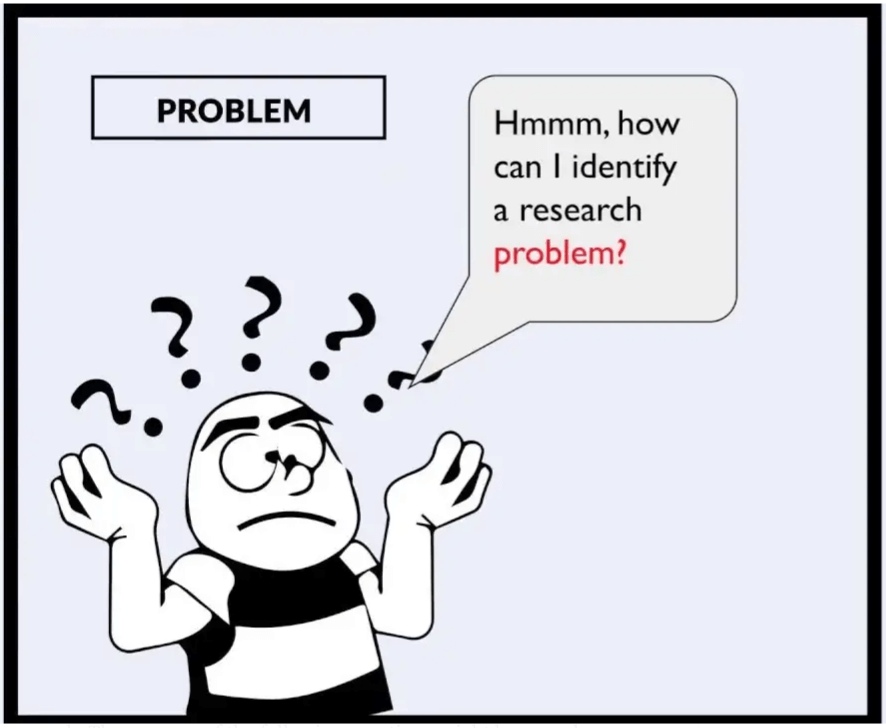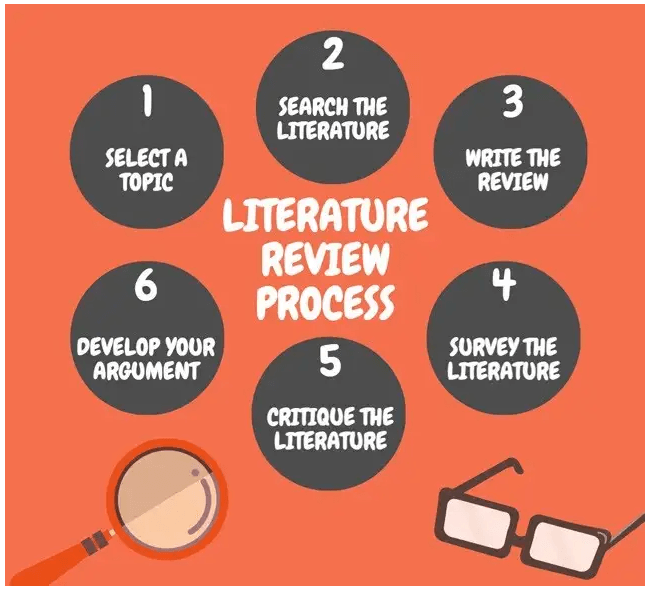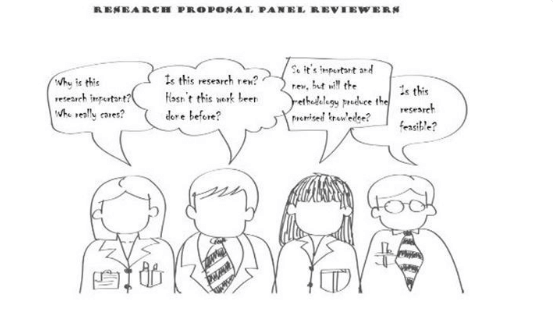Research proposal (RP) is a key element of the application for a research based higher degree programs in number of universities around the world. Failure to write a good RP may lead to one to be unsuccessful in getting into a higher degree research program.
So, what is a Research Proposal?
A research proposal is an outline of your future research project that:
- Defines a research problem and illustrates your proposed methods of answering it.
- Features the originality or significance of the research
- Illustrates how it adds to, stems from or challenges the published literature
- Describes the importance of the research
A RP should be clear, comprehensive, concise and well organized. And, most importantly, it should have merit and can be done you.
What should be the Length?
An abridged version of research proposal should be between 3–5 pages which should contain around 1500–2500 words written in single spaced format. Though, there is no definite template, but individual applicant might check with the specific schools to which they are applying about the template. Some schools might ask you to just write a straightforward RP or some might provide you a specific template to write, and you need to strictly follow their guideline.

There is no single way defined to structure a RP. However, a complete RP should have the following structure as follows:
0. Title:
Your research proposal must have a tentative title for your intended research. The title should include keywords and communicates your research idea with the reader. For details guideline on writing an effective title you can follow this.
1.0 Introduction:
In this part you should convey a brief idea about your research proposal, the general domain in which it falls into, the specific area of your interest, why you choose that specific area, the research question you will address to fill the vacuum, why it is important, the aim and objective you will try to achieve and a tentative statement of your preliminary thesis. The introduction should provide the comprehensive summary of your research proposal so that a general reader might get a clear idea about your proposed research.
While writing about the background, context and statement of the proposed problem you might care to answer the following questions:
- What is already known about your topic?
- What is missing?
- What more is needed?
- Is there a problem?
- Why does this problem exist?
While writing the introductory part it is also important to convey the message about the significant impact of your proposed study to the reader. In more simple tone, i should rather say that you need to answer this question “Why your proposed research is important?”. In order to do so, you might write a brief paragraph which should consists of the answers as follows:
- What will be the contribution of your proposed research? To whom and How it will make it? Why it will work?
- How original your idea is?
- Is this research worth pursuing? If yes, Why?
- What are the theoretical aspects and practical importance of the outcomes of your research?
- Which research issues are substantiated by the published literature?
- How your research will address the existing issues?
- What are the expected outcomes and their benefits?
- How you can link your research with the contemporary endeavors?

2.0 Scope, Aims and Objectives of the Study:
As a wannabe PhD student you might be overambitious regarding your scope and objectives of the proposed study so that you can achieve a lot than anyone did. But you need to keep in mind that you cannot provide solutions to 100 provide problems that you might think of. You are applying to a program which is 3–4 years of length and within that time-frame you need to set the number of objectives in such way that they are realistically achievable. So, optimize your objectives according to the duration of the program and the complexities of the problem. The following questions should be answered while you are writing this section:
- What do I intend to prove or disprove?
- What shall I understand more deeply, analyze, evaluate or create?
- What shall I test and demonstrate?
- Is there a hierarchical list of aims I seek to achieve?
2.0 Literature Review:
In this part you should outline the most important research that has already been carried out in your research area. Literature review offers a brief overview of your study based on what others have done in your area of proposed research. The answers of the following questions might be a good guide to write a comprehensive literature review:
- What are the major issues currently prevailing on this topic?
- Which gaps does the literature highlight?
- What research questions does the literature inform?
- Which hypotheses that you will formulate based on the published work?
- Does the literature review contain new terms, ideas, concepts that need to explained?
- Does the literature review discusses about the research methods that have been used effectively in addressing similar problems?

4.0 Research Questions:
A research question is the cardinal point to which your research efforts and focuses will center around and a scholarly argument will mount upon it which will help you to solve the proposed problem. In short, research questions are the center pillar of your entire research project. You might prioritize one or two main questions, from which you will derive a number of secondary research questions that will be very specific. You can follow a simple 1 and 5 rule for setting up the research questions. That is, have one overarching question, followed by no more than five subsidiary questions.

5.0 Research Methodology:
How will you approach the research, design and conduct to answer the specific set of questions that you introduced — the research methodology should answer that. Your research methodology statement should answer the following questions:
- In which Paradigm will you locate your research?
- Why will this be the appropriate paradigm for your research?
- Which research design will you follow? For example, theoretical, experimental or empirical etc.
- How you justify that you did a optimum design of your research?
- Which instruments you will use?
- How you will gather data?
- Which procedures will you follow?
- Which tools, software or data analysis procedure will you use?
- What are the limitations?
6.0 Time-frame:
You should present the sequences and tentative timeline to complete each of the research steps that you are planning to take. There is no hard and fast rule in following strictly the time line, but it gives the reader the idea about the feasible time length that is required to finish your tasks. To achieve this aim, you should tabulate data which make it very clear that you have a reasonable understanding of the time that you will need for each major part or step of your research study. One possible good way to design such a Table is to tabulate the different steps of your research proposal and show what you will do in each step, when, and how much time you plan to spend on each.
7.0 List of References:
You should list those publications that you have cited in the different parts of your research proposal.
To conclude, your research proposal has a direct impact on the overall strength of your application . Therefore, you should focus on writing a strong research proposal.
Disclaimer: No A.I. was used to generate any portion of this write up.


Pingback: What is the Optimum Timeline for Grad School Application? - gradbunker.com